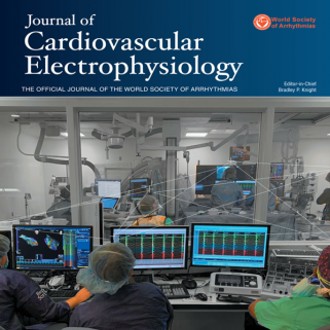
Ahmad P. Tafti, an Assistant Professor in the Computer Science Department and Dubyak Center for Digital Science and Innovation has been working with Mayo Clinic scientists to develop and build AI-powered predictive models to help expose hidden patterns useful for identifying cardiac resynchronization therapy responders. The research along with the scientific findings has been published in the Journal of Cardiovascular Electrophysiology, where Ahmad P. Tafti is the co-first author.
The efficacy of cardiac resynchronization therapy (CRT) has been widely studied in the medical literature; however, about 30% of candidates fail to respond to this treatment strategy. The current research retrospectively analyzed the electronic health records of 1,664 patients who underwent CRT procedures from Jan 2002 to 2017. An ensemble of ensemble (EoE) machine learning (ML) system composed of a supervised and an unsupervised ML layer was developed to generate a prediction model for CRT response. The proposed CRT risk calculator method discriminates which heart failure (HF) patient is likely to respond to CRT significantly better than using clinical guidelines and traditional ML methods, thus suggesting that the tool can enhance care management of HF patients by helping to identify high-risk patients.

